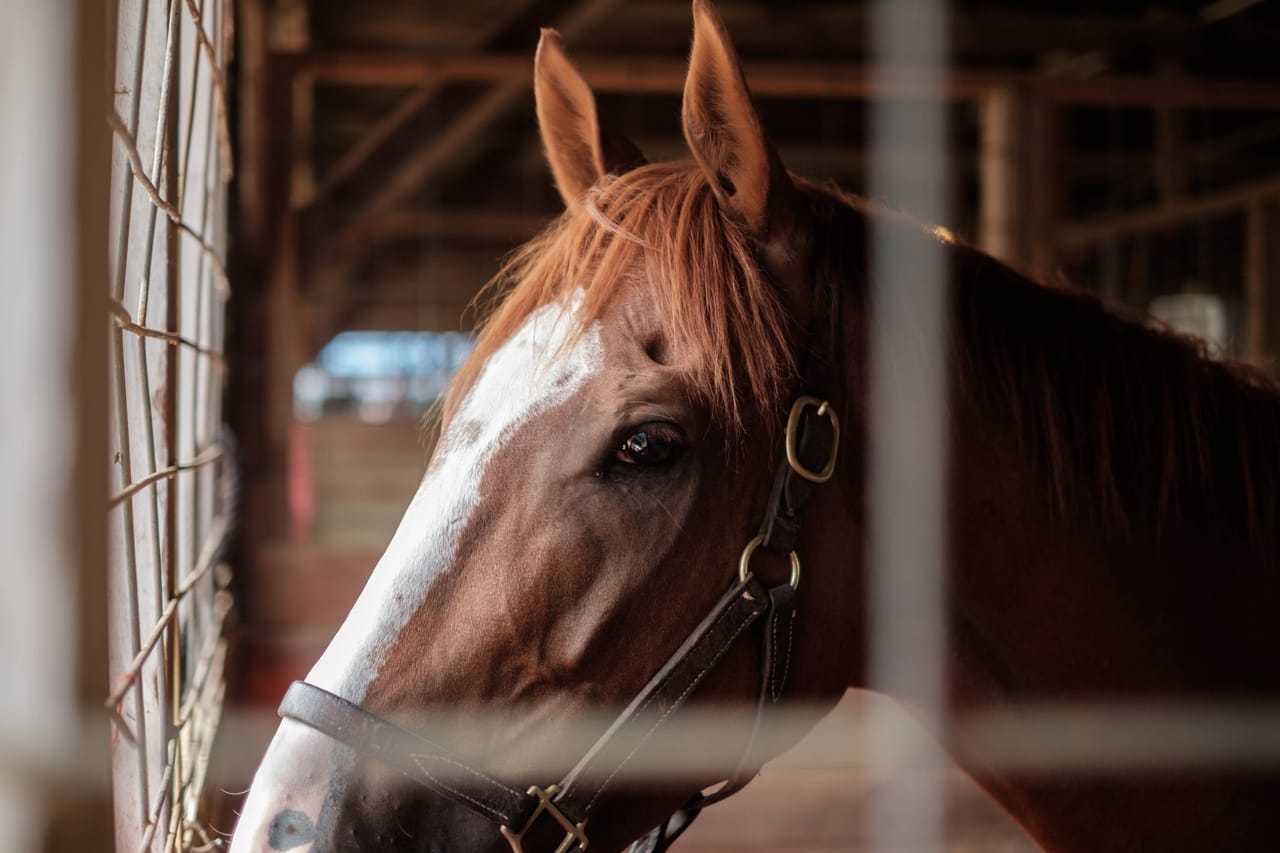
Horses are loved and prized by their owners, who would do anything to keep them healthy. A quality horse barn is critical for giving your horses the best care and keeping them healthy. This article discusses the most important design considerations when building a horse barn.
Location
Location is a crucial first design decision for equine facilities. For example, the land should be level so rain water does not flow into the barn. While hilly fields may make good pastures, they not readily make suitable locations for horse barns. Additionally, the barn should be designed to withstand the local area’s climate, such as heavy snow, high winds, and year-round precipitation.
It’s essential to plan for utilities like water and electricity in advance. The closer the barn is to existing electricity and water lines, the easier and cheaper connecting them will be. Barns that are located farther away from utilities sources will require additional poles to extend the power lines and significant digging to extend the water lines.
Ventilation
Ventilation is a critical component of horse barns. Since hay, bedding, dust, and dirt regularly get swept in and out of the barn, the air quality can quickly deteriorate. This is especially pronounced during the winter months, when the barn is closed to retain warmth. If the barn is not properly ventilated, horses can develop respiratory problems.
Ventilation is also important to prevent excess moisture from leading to fungus, bacterial growth, rot, and rust in your barn. An effective ventilation system replaces warm, moist air with fresh air and removes air contaminants. A natural ventilation system allows warm air to rise and escape through openings in the ceiling while cool, fresh air is brought in from openings below. Mechanical ventilation systems use fans to suck warm air out and pull fresh air in. Some barns even use a duct system, which runs across stalls and emits fresh air at regular intervals.
Winter Water Sources
For locations facing harsh winters, the water system is possibly the single most important element of a horse barn’s design. Without an effective water system, frozen pipes can mean hauling water by hand through snowy pastures every day.
There are a number of different methods to prevent water lines from freezing. Water lines should be buried underground at a minimum depth of four to six feet, depending on location, to prevent freezing, and all above-ground water lines should be in an insulated space. Additionally, frost-free hydrants can help prevent water lines from freezing; when the valve is closed, the water above the freeze line drains down into the ground below the frost line. Another option is to simply install a water heater, which will also prevent the horses’ water buckets from freezing over. If the barn’s water supply depends on a well, make sure it’s properly maintained and that the well house is adequately insulated.
Related Article: Horse Barn Design Tips
Hay and Bedding Storage
Since hay only grows during temperate months, it can be difficult to acquire quality, affordable hay during winter. As a result, hay storage that keeps hay fresh and palatable is critically important. It must prevent mold, combustion, and nutrient deterioration.
- Hay should be stored in a building that’s separate from the barn and has a leak-free roof to prevent mold.
- Tarps will limit the hay’s exposure to air, sunlight, and weather extremes, which can cause loss of nutrients that are important for the horses’ health.
- Hay should be stored on crushed gravel, wooden pallets, or loose straw to prevent ground moisture from seeping into the bales.
- The storage facility should be designed to allow the hay to be stacked, so air can circulate more easily and evaporate moisture.
- Ventilation and air circulation are particularly important in lofts, where hay is prone to heat buildup and spontaneous combustion as well as dust accumulation, which can lead to respiratory problems in horses.
Barn Direction and Climate
The barn should be designed with the area’s climate in mind. For example, barns in warmer climates should have more ventilation, while barns in colder climates should have more insulation. However, simply orienting the barn with the climate in mind can make a significant difference in energy use and comfort. For example, in climates with cold winters, the barn should be oriented to withstand harsh prevailing winds and take advantage of sunlight that can help keep the barn warm during the winter. In warmer climates, you’ll want to pay special attention to capturing cooling breezes and avoiding exposure to hot afternoon sun.
Cost
It’s important to understand that a properly ventilated horse barn is costly both to install and to maintain. If you choose to build one, be sure you’re ready to commit to allocating the funds needed to do it right and to keeping conditions inside the barn healthy for your horses. This includes keeping the bedding clean and moderating temperatures inside the stalls and riding areas so they aren’t in extreme constrast with the outdoor weather.
Consult the Experts
To ensure your equine barn provides the protection and comfort your horses need, consult with construction experts who are familiar with the climate, design considerations, and construction techniques that make a quality barn. The building experts at Pro-Line have a reputation for quality post-frame construction and years of experience constructing equine facilities. We can help you find the right balance between keeping your budget under control and ensuring a safe and healthy environment for your horses. Contact Pro-Line today to talk to us about building your ideal horse barn.

.svg)